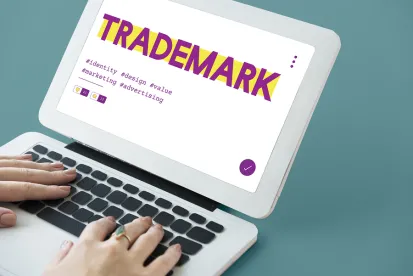In December, the Trademark Modernization Act of 2020 (“TMA”) was signed into law. A bipartisan bill, the TMA contains several important trademark law reforms, including clarification of the burden that parties must satisfy to obtain an injunction in an infringement claim. In this article, we provide an overview of three key things you should know about the TMA.
Presumption of Irreparable Harm in Preliminary Injunction Requests
In an infringement claim, a trademark holder has the right to seek a preliminary injunction. An injunction is a court order that prohibits a party from taking a certain action, such as continued use of an offending trademark. To obtain an injunction, a trademark holder must establish that it would suffer irreparable harm if the infringement was allowed to continue.
The TMA clarifies that a trademark holder is entitled to a presumption of irreparable harm when seeking a preliminary injunction in an infringement action. If a court finds that a trademark holder is “likely to succeed on the merits” of its claim, the court must presume that irreparable harm would be suffered and that an injunction is appropriate. In clarifying the law, the TMA resolves an existing circuit court split.
Revised Protest Procedures: Challenging a Trademark for ‘Non-Use’
The TMA includes two new procedures for challenging a trademark registration on the grounds of non-use. These new procedures provide a path to attack a registration without bringing a cancellation action. A trademark can be challenged for non-use through:
-
Expungement: Under Section 16A of the TMA, there is a new expungement procedure. Trademark registration can be challenged on the grounds that the mark was never used in commerce. Any person—including third parties—has the right to challenge a registration on these grounds. If a successful challenge is made, the registration will be expunged.
-
Reexamination: Under Section 16B of the TMA, there is also a new reexamination procedure. Somewhat similar to Section 16A, the reexamination procedure can be used to challenge a trademark registration on the grounds that the mark was not in use prior to the registration date.
Less Time to Respond to Certain Office Actions
Finally, the TMA grants the USPTO additional authority to reduce the amount of time that interested parties have to respond to official office actions. Under the previous rules, the USPTO was required to set a six-month deadline. The TMA grants the agency the authority to impose shorter deadlines, but not fewer than 60 days. For a fee, applicants may still request the full six-month response period.




 />i
/>i

